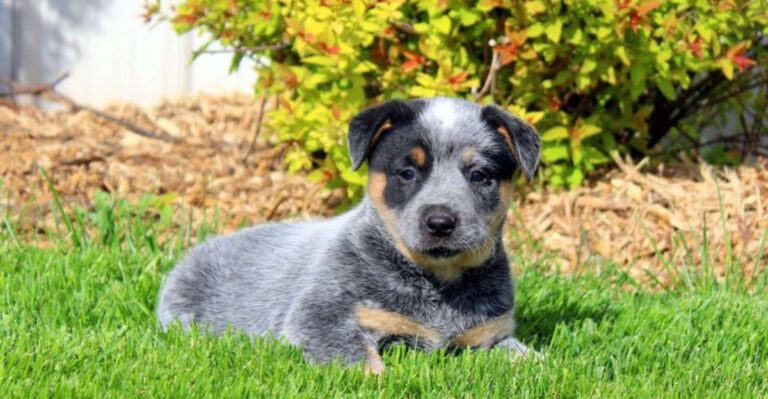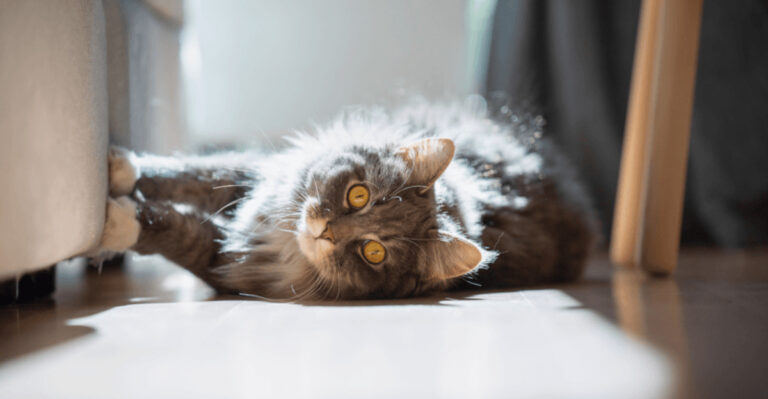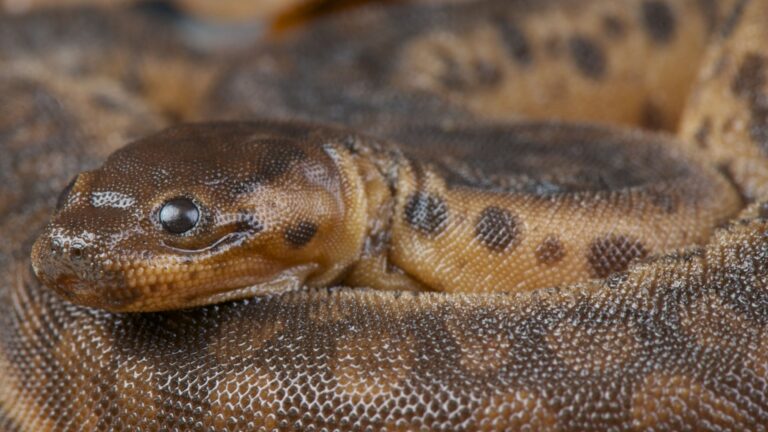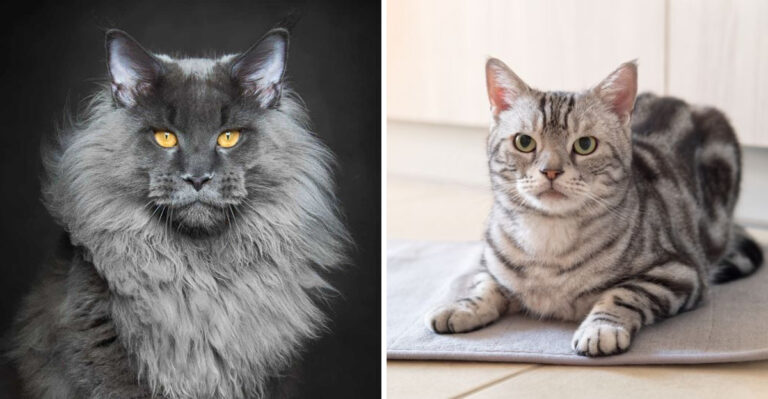10 Reasons Why Backyard Pet Burials Are A Bad Idea And 5 Reasons We Consider Them Anyway
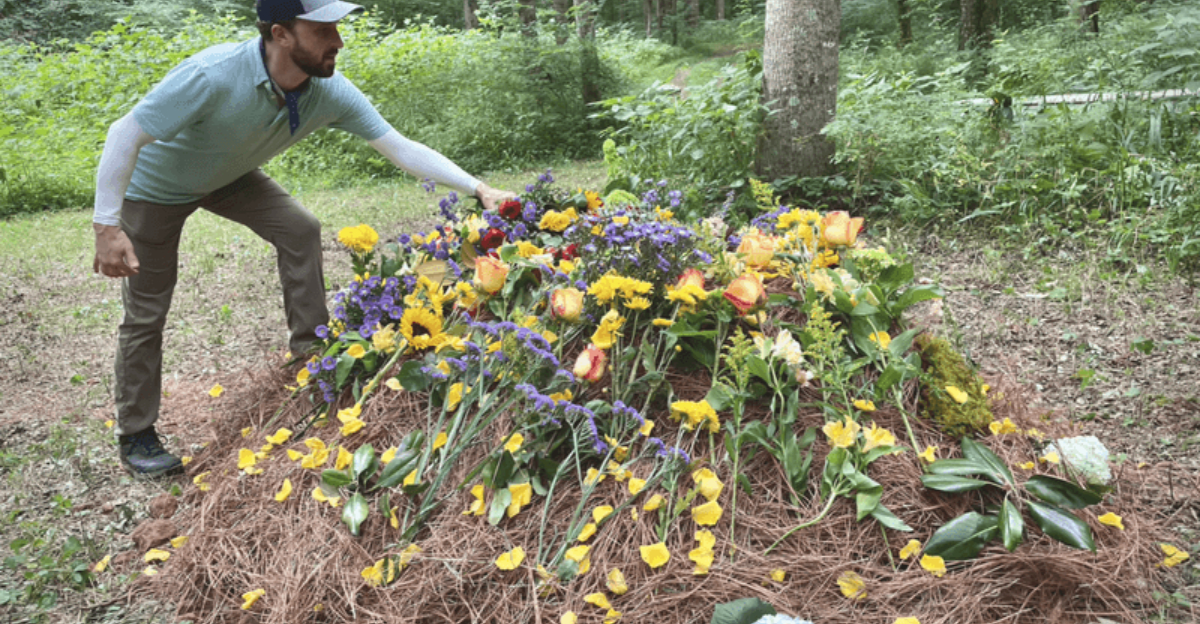
Losing a beloved pet breaks our hearts in ways few other experiences can. When faced with their passing, many of us consider burying them in our backyard – a practice as old as pet ownership itself.
Before grabbing the shovel, though, it’s worth understanding both the drawbacks and emotional pulls of this common farewell ritual.
1. Legal Restrictions May Prohibit Home Burials
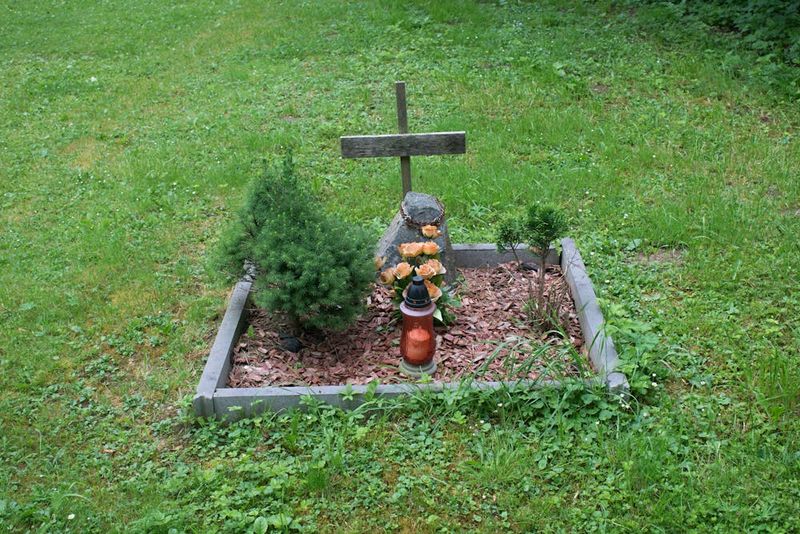
Many cities and towns explicitly forbid backyard pet burials through zoning ordinances. Violating these rules could result in hefty fines.
Urban areas typically have the strictest regulations, while rural properties might face fewer restrictions. Always check with local authorities before proceeding with any burial plans.
2. Health Hazards Lurk Beneath The Surface
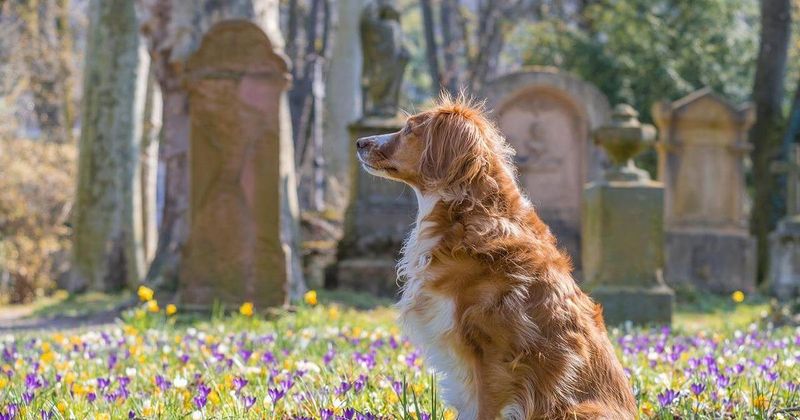
Improperly buried pets can become dangerous disease vectors. Bacteria and parasites from decomposing remains might contaminate soil and water sources.
This risk multiplies if your pet died from an infectious disease. Wildlife scavengers attracted to shallow graves can spread these pathogens throughout your neighborhood.
3. Euthanasia Drugs Poison The Environment
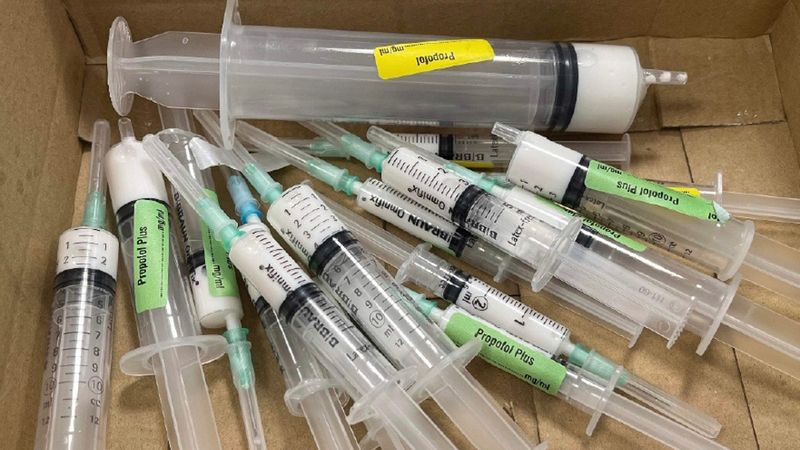
Veterinary euthanasia solutions contain pentobarbital, a chemical that remains active long after death. These toxins leach into surrounding soil and groundwater.
Wildlife drinking from contaminated water sources can suffer secondary poisoning. Even years later, these chemicals pose threats to local ecosystems and other animals.
4. Shallow Graves Invite Unwanted Visitors
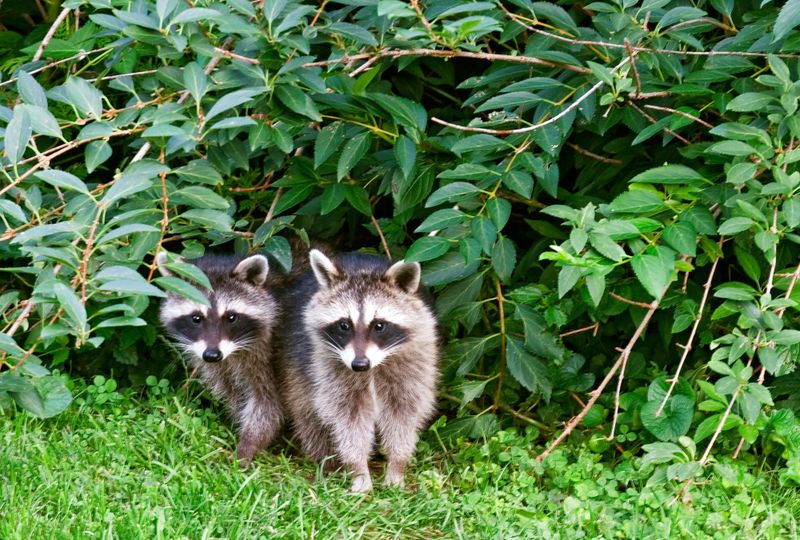
Most homeowners don’t dig deep enough for proper pet burial. Experts recommend at least 3-4 feet deep, which is surprisingly difficult in many soil types.
Shallow graves attract scavengers like raccoons, foxes, and coyotes. Nothing compounds grief like discovering your pet’s remains have been disturbed by wildlife.
5. Decomposition Problems Create Lingering Issues
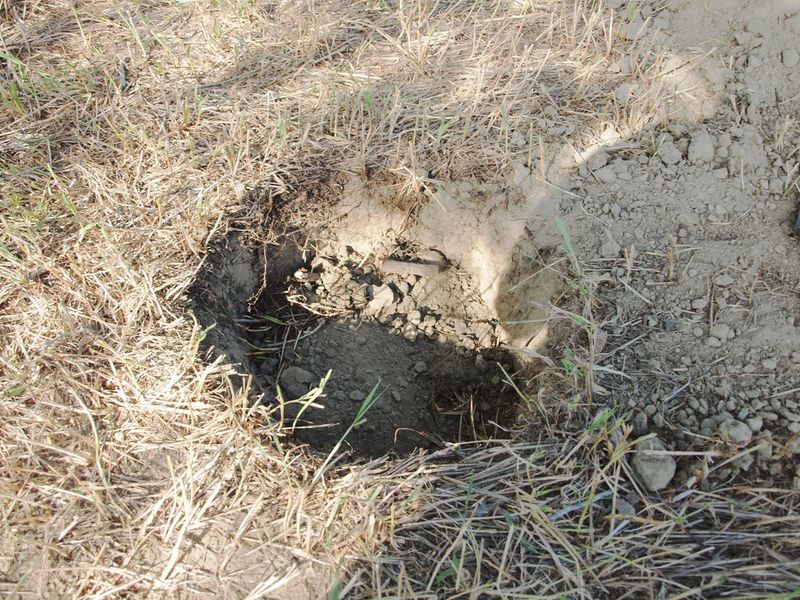
Bodies naturally release odors and fluids during decomposition. Without proper preparation, these can become noticeable, especially during warm weather.
Clay soils particularly inhibit natural breakdown processes. What you hoped would be a peaceful return to nature might instead become an ongoing source of distress.
6. Home Values Suffer From Burial Sites
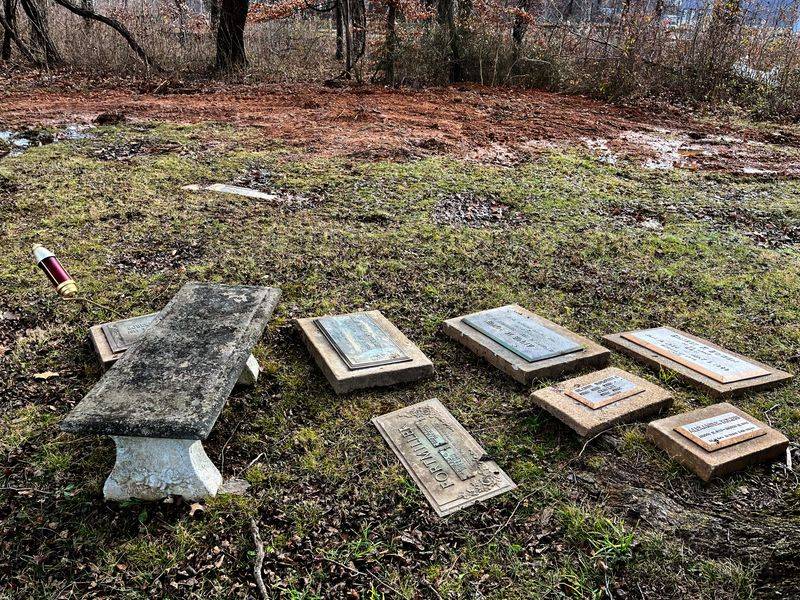
Future homebuyers often view pet cemeteries as undesirable property features. Disclosure laws in many states require you to inform potential buyers about burial sites.
Real estate agents report that pet graves can reduce property values by 3-5%. What seems like a loving tribute today might become a financial burden tomorrow.
7. Daily Reminders Complicate Grief Recovery
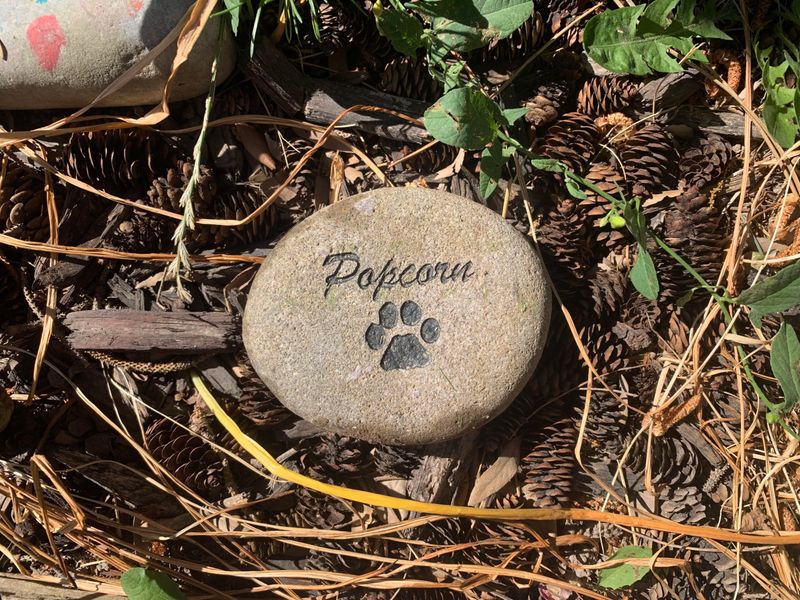
Seeing your pet’s grave each morning while having coffee can prevent emotional healing. Many grief counselors advise against constant visual reminders during early mourning stages.
Children especially may develop unhealthy attachments to backyard burial sites. The grave becomes a focal point rather than allowing memories to integrate naturally.
8. Future Landscaping Creates Painful Dilemmas
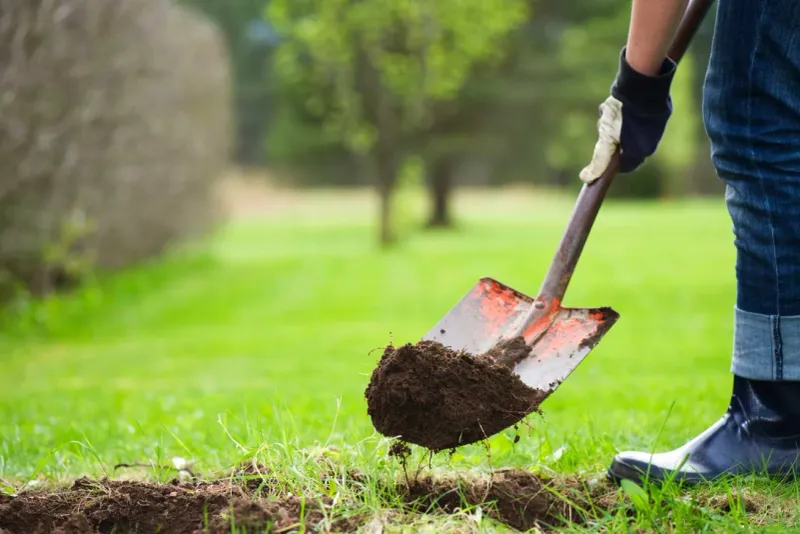
Gardens evolve, trees need planting, and patios get expanded. Each project risks disturbing your pet’s resting place.
Many homeowners find themselves unable to improve their property due to emotional barriers. Swimming pools, garden beds, and other improvements become impossible without confronting difficult choices.
9. Multiple Pets Create Space Problems
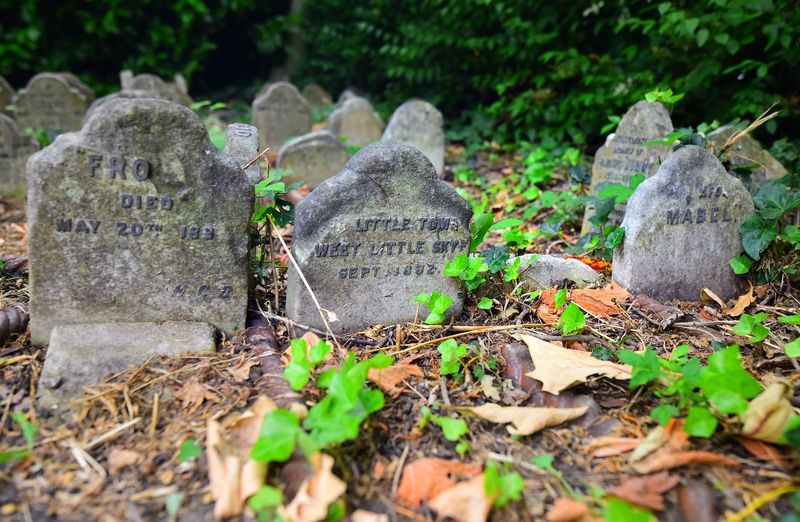
Few consider the long-term implications of starting a backyard pet cemetery. The average family has multiple pets throughout their homeownership.
After several pets, you might run out of appropriate burial spaces. This creates inconsistency in how family pets are memorialized, potentially causing additional emotional distress.
10. Relocation Leaves Pets Behind
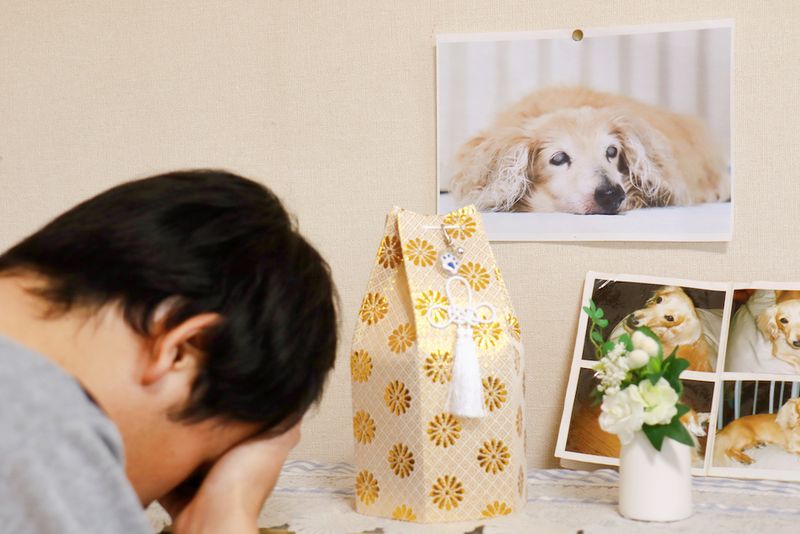
Americans move every 5-7 years on average. Leaving a pet’s remains behind feels like abandonment to many devoted owners.
Some attempt exhumation before moving, a traumatic and often illegal process. Others live with guilt about leaving their companions behind, creating unresolved grief that lingers for years.
11. Emotional Closure Feels More Complete
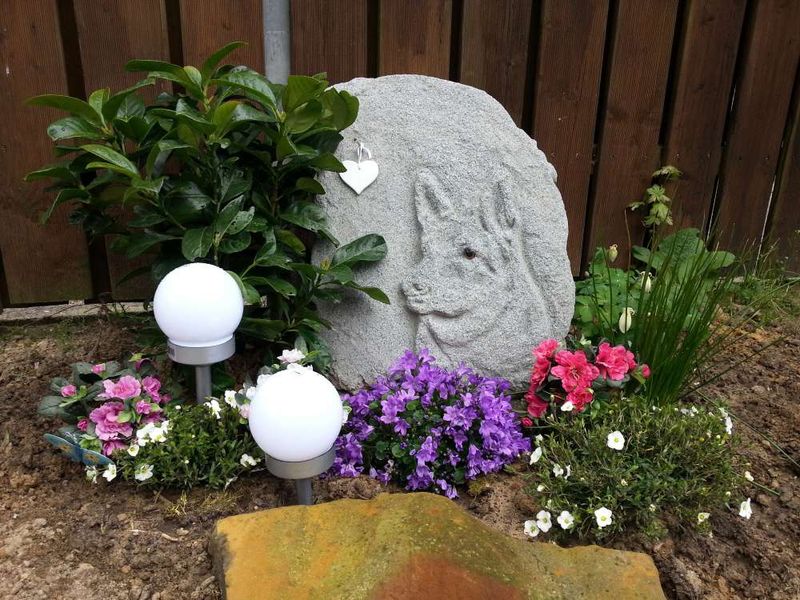
Having a specific place to visit provides tangible comfort during grieving. Many pet owners report feeling a spiritual connection when sitting beside their pet’s grave.
Children especially benefit from concrete memorialization. The ability to leave flowers, stones, or other tributes helps process complex emotions about death and loss.
12. Budget Constraints Make Home Burials Practical
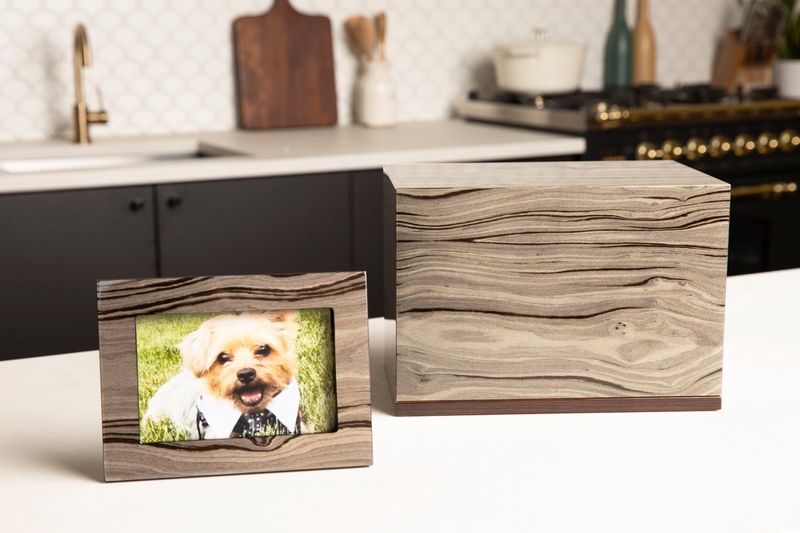
Professional pet cremation averages $150-300, while cemetery burials can exceed $1,000. These unexpected expenses come at an already emotionally difficult time.
Home burial requires minimal investment beyond emotional labor. For families facing financial hardship, this practical consideration often outweighs other concerns.
13. Personalized Rituals Honor Special Bonds

Commercial pet services often feel impersonal and rushed. Home burials allow families to create meaningful ceremonies reflecting their unique relationship with their pet.
Many wrap their pets in favorite blankets or include special toys. These personalized touches provide comfort that standardized services rarely match.
14. Natural Return Appeals To Environmentalists
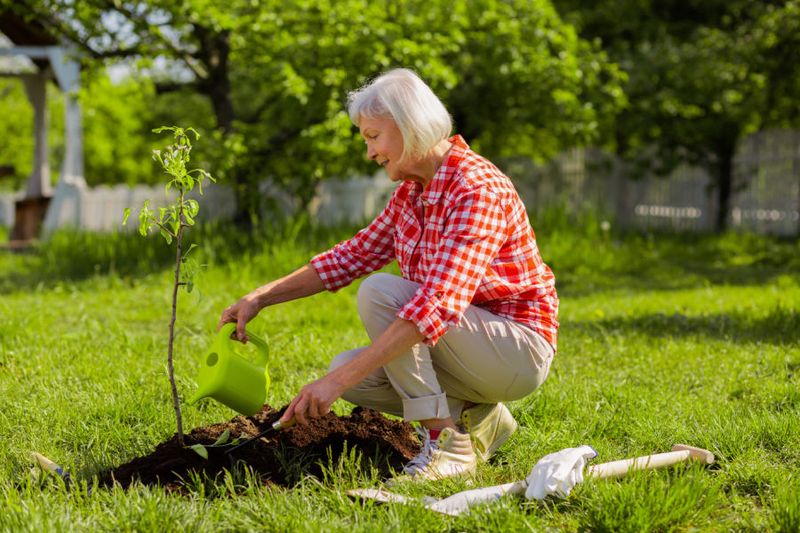
Commercial cremation burns fossil fuels and releases carbon emissions. For environmentally conscious pet owners, natural decomposition feels more aligned with their values.
Some create biodegradable burial pods with tree seeds. This transforms loss into new life, as the pet’s remains nourish a living memorial that grows for decades.
15. Keeping Them Close Provides Daily Comfort
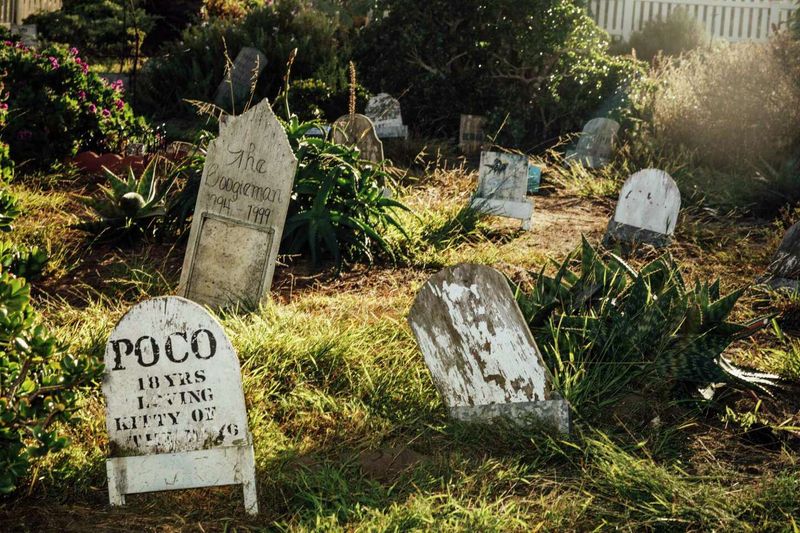
The thought of surrendering a beloved pet’s body to strangers feels unbearable to many owners. Home burial maintains the caretaking relationship that defined your years together.
Morning coffee or evening gardening near their resting place creates ongoing connection. This proximity helps some owners gradually transition from acute grief to peaceful remembrance.


